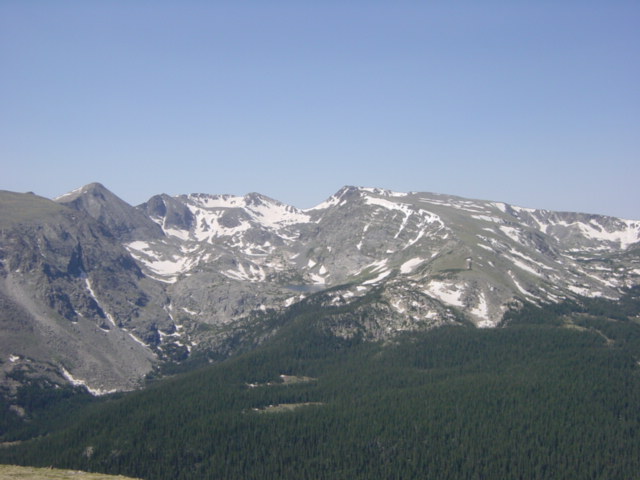The best part about backpacking the Coast Track is the stunning sunrises. While there are many differences between day-hiking the coast track and backpacking the Coast Track, the main difference is that as a day hiker, the odds of you seeing the sunrise – or sunset are slim. However, if you are backpacking, you will see sunrises, sunsets, and everything in between – including some stunning nighttime skies.
Jamul Kiln
Although it was discovered by Juan Cabrillo in 1542 when looking for the mythical Strait of Anian, San Diego is a young city. To this day, like many other West Coast locations it is considered bereft of “historic” locations; even though Native Americans had lived in its environs and other areas for thousands of years prior to Cabrillo’s arrival. Perhaps this bias springs from the fact that not many people know much about San Diego other than what they learned in Anchorman; or perhaps this bias springs from the fact that while San Diego has historic sites, most of them are not common knowledge. In any event, San Diego is a city with ancient historic sites; and more modern historic sites. It is even a city with lost historic sites. While I’m sure there are plenty of semi-lost; partially-lost, and actually-lost sites out there that I don’t even know about, the best almost-actually lost site I’ve come across and found is this one – the ruin of the Jamul Kiln, or if we’re being technically accurate, the Jamul Cement Works.
The Freedom of the Open Road
The first things that climbers and mountaineers think about, obsess about, and dream about are cold, hard stones and mountains, stretching into unknown skies above distant plains. The second thing that climbers and mountaineers think about is the open road. The open road can be any road; any highway; any dirt track; or anything at all. It is an abstract concept and cannot be quantified in mere words. It is every road and no road. It is absolute freedom; and it is a means to get to the wild. It is a symbol of freedom; and it is something, like the hills that always has a siren song.
More than myth - the spirits of Peru!
Denali 2014 Training - the Infamous 'Backpack of Pain'
The Last Adventurer continues his series of training videos about Denali and follows up on a theme of In Ice Axe We Trust - building core strength with a piece of equipment known as the "Backpack of Pain"; an extremely loaded backpack.
Awaroa to Tonga Quarry, Coast Track
The decision to tramp the Coast Track is easy; it has world class beaches, stunning forests, and sea-side scenery. What is not easy, however, is deciding how long to spend on the track and deciding which direction you head on the track. If you’re an international traveler like me, or have limited vacation days, the sad reality is that you might not have the time to backpack the whole track. The first time I was in Abel Tasman, I took three days to hike part of the Track from North to South, and this is my day-by-day guide of that backpack, which covers about three-quarters of the total track, along with a side trip into the interior portion of the park. A couple of years later, I went back and hiked the top quarter portion of the track; and enjoyed it as well, but in terms of a great multi-day trip, the one I am about to describe is hard to beat for backpackers.
Coast Track, Abel Tasman National Park
The Coast Track is a hiking trail that extends from Wainui Bay to Marahau in Abel Tasman National Park. The trail is 55.2 kilometers long (for Americans, that’s 34.29 miles long, so we’ll round up, and call it 33.3 miles total distance), and it can be hiked and or backpacked from North (Wainui Bay) to South (Marahau) and South (Marahau) to North (Wainui Bay). This trail, or as New Zealanders call it, “track”, covers a variety of stunning terrain, from forested areas, to estuaries, to golden sand beaches, along the shores of the Tasman Sea. It is considered one of New Zealand’s “great walks”, meaning that while it can be hiked piecemeal in a series of day hikes, it can also covered, and is best appreciated in a one-to-four day backpack trip (which New Zealanders call “tramping”). The best time to go on this great walk along the Coast is during Spring and Summer in New Zealand, which is from October to March.








